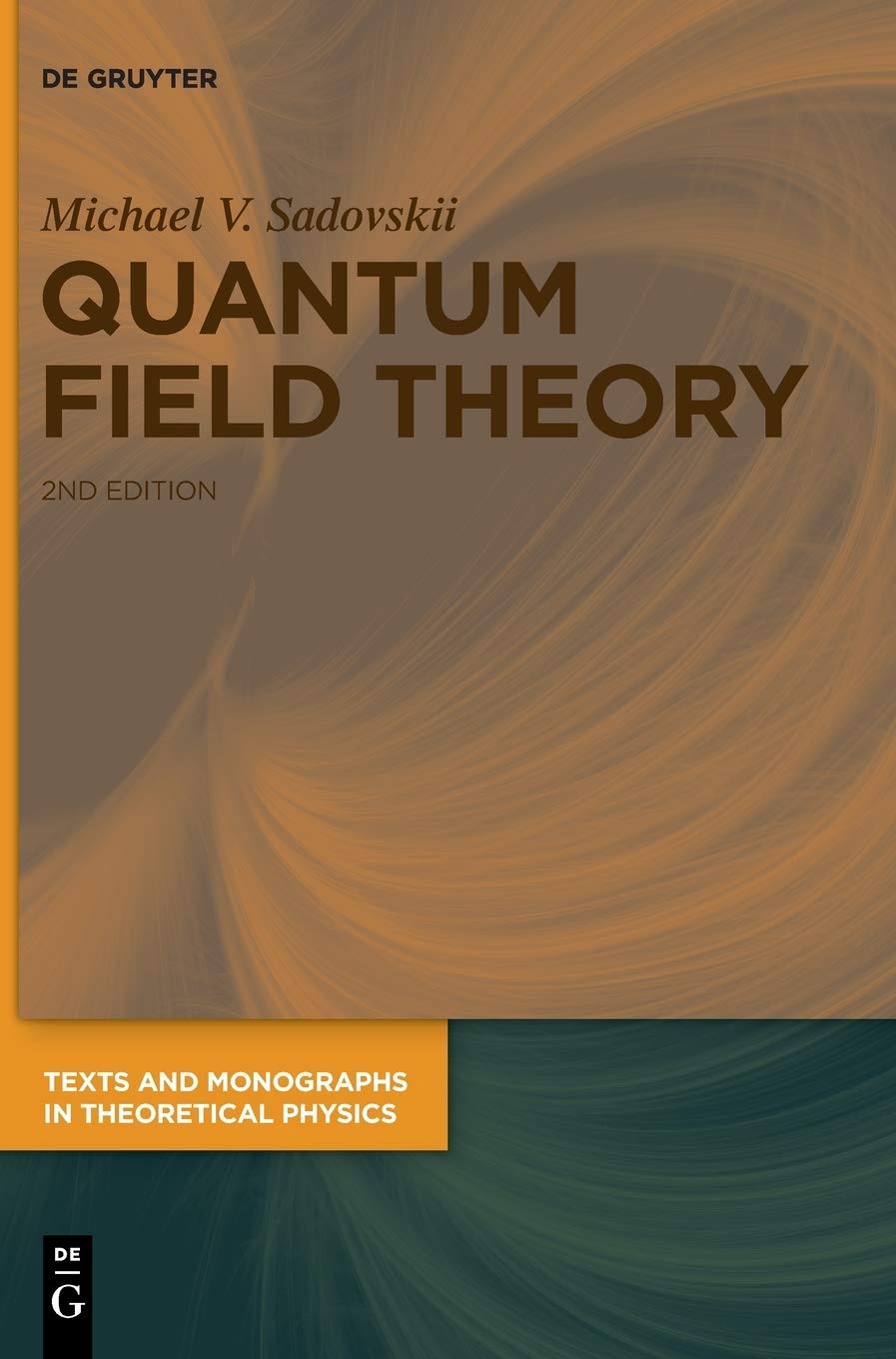

Most ebook files are in PDF format, so you can easily read them using various software such as Foxit Reader or directly on the Google Chrome browser.
Some ebook files are released by publishers in other formats such as .awz, .mobi, .epub, .fb2, etc. You may need to install specific software to read these formats on mobile/PC, such as Calibre.
Please read the tutorial at this link: https://ebookbell.com/faq
We offer FREE conversion to the popular formats you request; however, this may take some time. Therefore, right after payment, please email us, and we will try to provide the service as quickly as possible.
For some exceptional file formats or broken links (if any), please refrain from opening any disputes. Instead, email us first, and we will try to assist within a maximum of 6 hours.
EbookBell Team

4.3
48 reviewsThis book discusses the main concepts of the Standard Model of elementary particles in a compact and straightforward way. The theoretical results are derived using the physical phenomena as a starting point. This inductive approach allows a deep understanding of the methods used for solving problems in this field.
This second, revised edition is expanded with biographical notes contextualizing the main results in quantum field theory.
We have no better way of describing elementary particles than quantum field theory. A quantum field in general is an assembly of an infinite number of interacting harmonic oscillators. Excitations of such oscillators are associated with particles … All this has the flavor of the 19th century, when people tried to construct mechanical models for all phenomena. I see nothing wrong with it, because any nontrivial idea is in a certain sense correct. The garbage of the past often becomes the treasure of the present (and vice versa). For this reason we shall boldly investigate all possible analogies together with our main problem. ‒ A.M. Polyakov, "Gauge Fields and Strings", 1987.